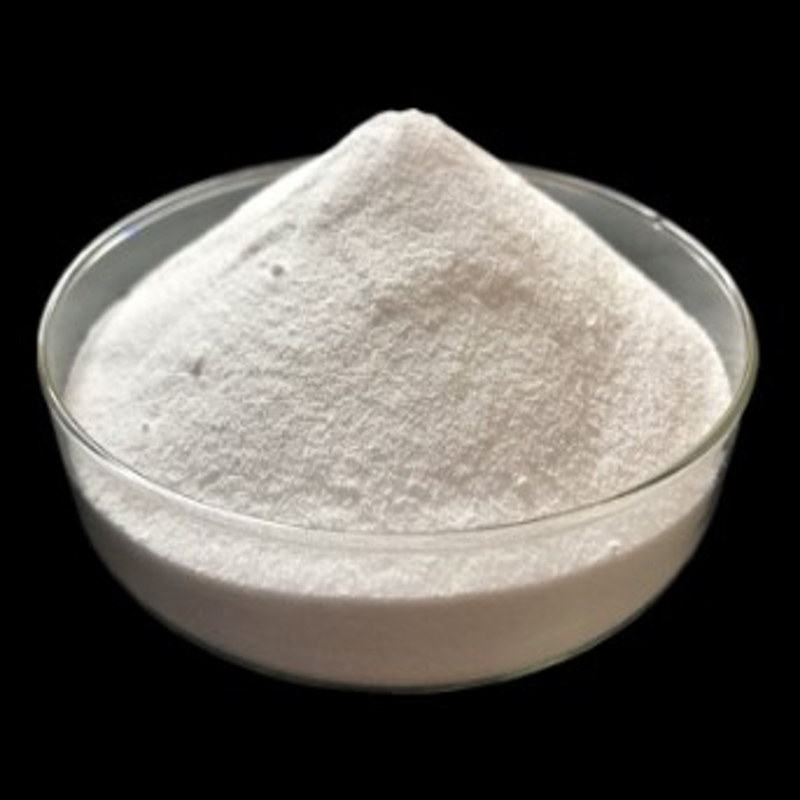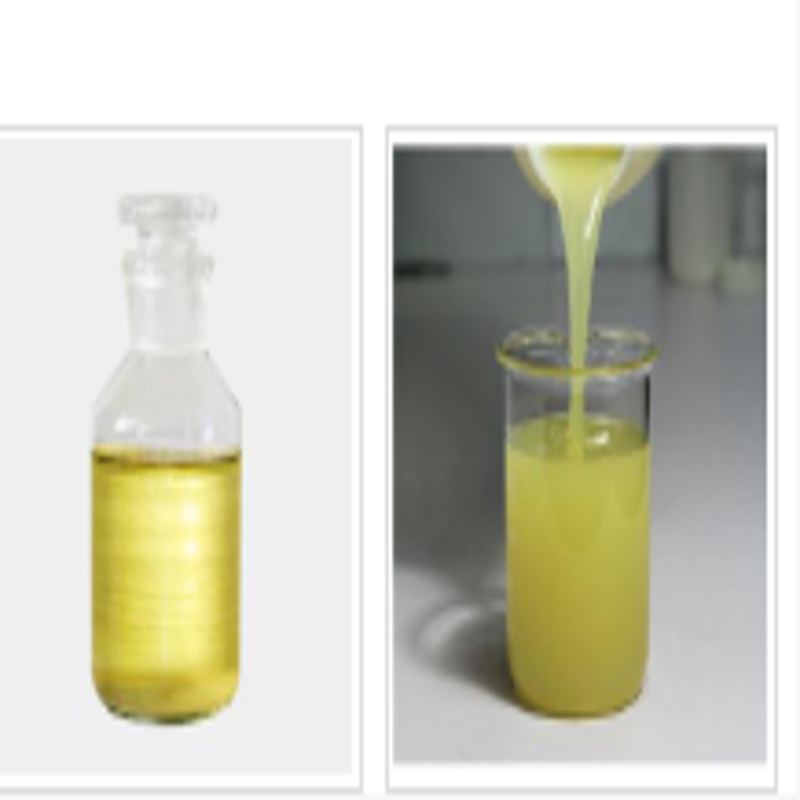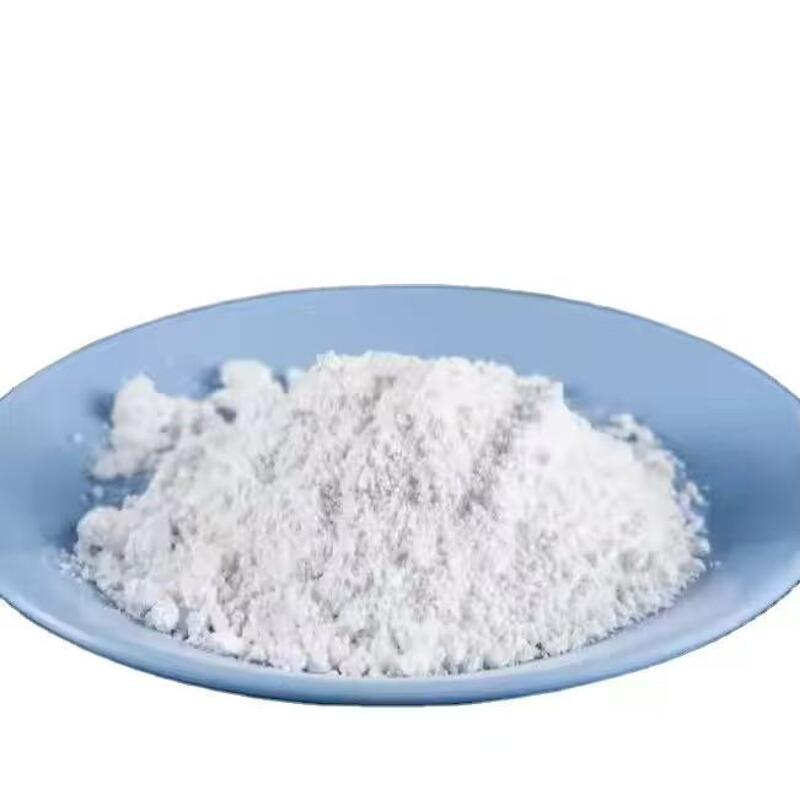-
Categories
-
Pharmaceutical Intermediates
-
Active Pharmaceutical Ingredients
-
Food Additives
- Industrial Coatings
- Agrochemicals
- Dyes and Pigments
- Surfactant
- Flavors and Fragrances
- Chemical Reagents
- Catalyst and Auxiliary
- Natural Products
- Inorganic Chemistry
-
Organic Chemistry
-
Biochemical Engineering
- Analytical Chemistry
-
Cosmetic Ingredient
- Water Treatment Chemical
-
Pharmaceutical Intermediates
Promotion
ECHEMI Mall
Wholesale
Weekly Price
Exhibition
News
-
Trade Service
Calcium dihydrogen phosphate (CaHPO4) is a white, odorless, and tasteless granular or powdered substance that is widely used in the chemical industry.
It is a key intermediate in the production of a variety of downstream chemical products, making it a critical component in the chemical supply chain.
Upstream Products
The production of CaHPO4 involves several upstream processes, including the mining and processing of limestone, the extraction of phosphate rock, and the purification and crystallization of the final product.
Limestone, which is primarily composed of calcium carbonate, is mined from quarries and then crushed and ground into a fine powder.
The powdered limestone is then mixed with sulfuric acid to produce calcium sulfate, also known as gypsum.
The gypsum is then heated to produce calcium oxide, which is then mixed with phosphoric acid to produce CaHPO4.
Phosphate rock, which is the primary source of phosphorus, is mined from deposits found in sedimentary rocks.
The phosphate rock is then processed to produce phosphoric acid, which is then used in the production of CaHPO4.
Downstream Products
CaHPO4 is a versatile intermediate that is used in the production of a wide range of downstream chemical products.
One of the most common downstream products is fertilizer, which is used to enhance crop yield and food production.
CaHPO4 is used in the production of both nitrogen and phosphorus-based fertilizers.
Another important downstream product is detergent powder, which is used in laundry and cleaning applications.
CaHPO4 is used as a builder in detergent powders, which helps to improve the cleaning power of the product.
CaHPO4 is also used in the production of bone China, which is a type of porcelain that is used in the manufacture of high-quality tableware and decorative objects.
The use of CaHPO4 in the production of bone China provides the white, translucent appearance that is highly prized in this type of porcelain.
Other downstream products that use CaHPO4 as an intermediate include food additives, animal feed supplements, and cosmetics.
Market and Trade
The global market for CaHPO4 is expected to grow at a steady pace in the coming years, driven by increasing demand for fertilizer, animal feed supplements, and other downstream products.
The Asia Pacific region is expected to be a major growth market, driven by strong demand from China, India, and other emerging economies.
The trade in CaHPO4 is governed by a complex network of international regulations and agreements.
The United Nations Code for the Transport of Hazardous Goods (UN 1737) classifies CaHPO4 as a type of oxide-nicotinamide (NO3-36.
8), requiring proper labeling and handling during transport.
CaHPO4 is subject to import and export restrictions in some countries, depending on the intended use and the origin of the material.
The use of CaHPO4 in the production of fertilizer, for example, is subject to strict regulations in many countries, requiring certification and quality control measures to ensure the safety and efficacy of the final product.
Environmental Impact
The production and use of CaHPO4 has a range of environmental impacts, both positive and negative.
On the positive side, the use of CaHPO4 in fertilizer production can help to increase crop yields, leading to improved food security and reduced deforestation.
On the negative side, the production of CaHPO4 can have a range of environmental impacts, including air and water pollution, soil degradation, and habitat destruction.
The use of sulfuric acid and other hazardous chemicals in the production process can also pose risks to workers and nearby communities.







